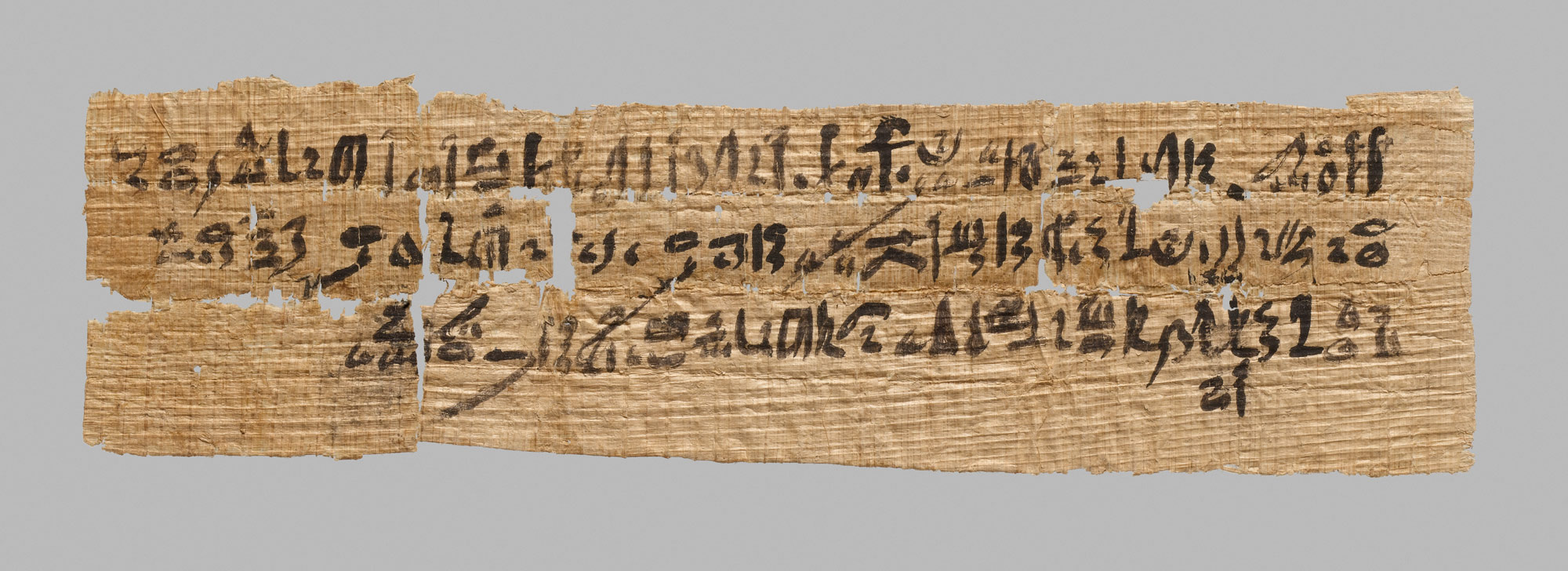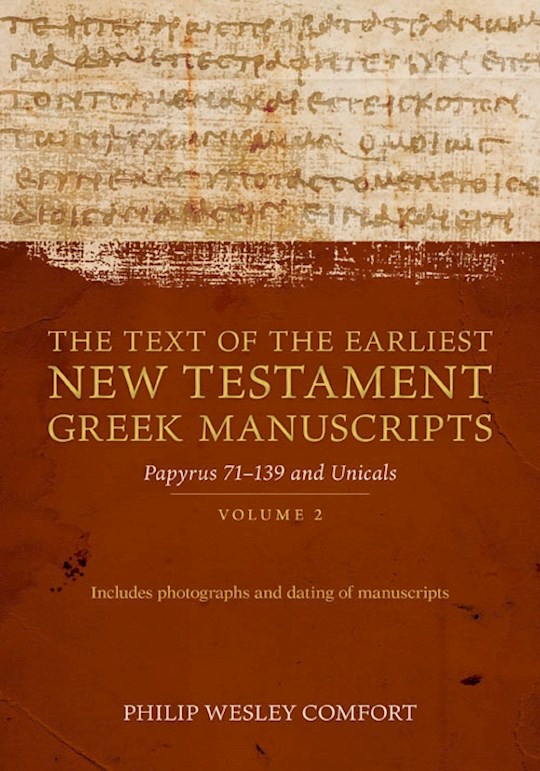
Following the tradition of earlier scribes, the Masoretes were committed to faithfully preserving the correct form of the Hebrew text. Scholars deem these five ancient Hebrew sources to be immensely valuable for biblical research:Īs we noted in last week’s post, the majority of English translations of the Old Testament are derived from ancient texts created by the group of scribes called the Masoretes. Specifically, the Aleppo Codexand the Leningrad Codex, which they produced in the 10th and 11th centuries.

In this week’s post, let’s look at some important Hebrew manuscripts that help to validate Old Testament Scripture. Of just the known 5,800+ Greek New Testament manuscripts, there are more than 2.6 million pages! That equates to one mile of New Testament manuscripts (and 2.5 miles for the entire Bible), compared with an average four feet of manuscript by the average classical writer. Combining both the Old and New Testament, we have more than 66,000 manuscripts and scrolls that speak to the validity of Scripture!

I love reposting the following statistic, as it’s so impressive: So much historical documentation exists to confirm the faithful transcription of Scripture.
#Old manuscripts papyrus series#
I hope one truth you’re learning, as we travel this series together, is that the Bible is THE most vetted document in the history of the world. In last week’s blog post we answered the question, “Did ancient scribes faithfully transcribe biblical texts?” Resoundingly, research shouts, “YES!” Historical manuscripts have already done so.

Modern Christians don’t have to defend the validity of the Bible.


 0 kommentar(er)
0 kommentar(er)
